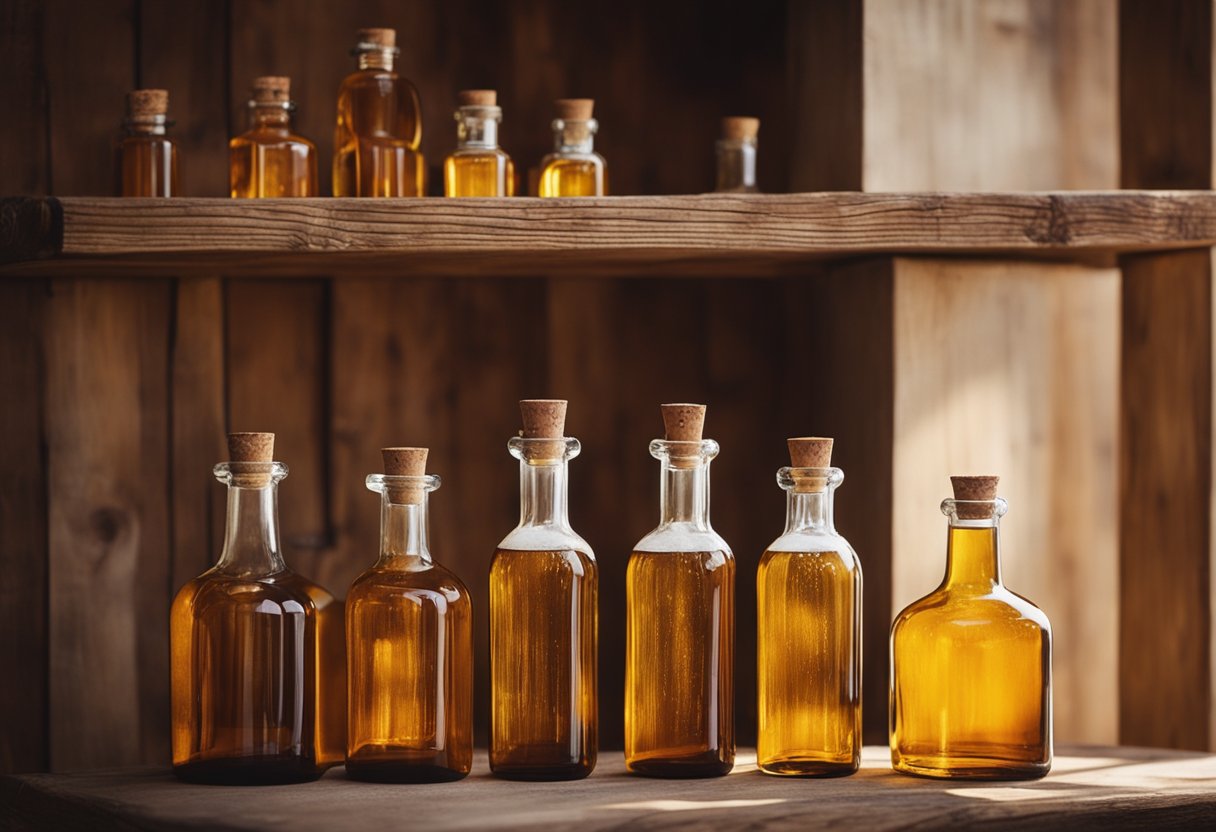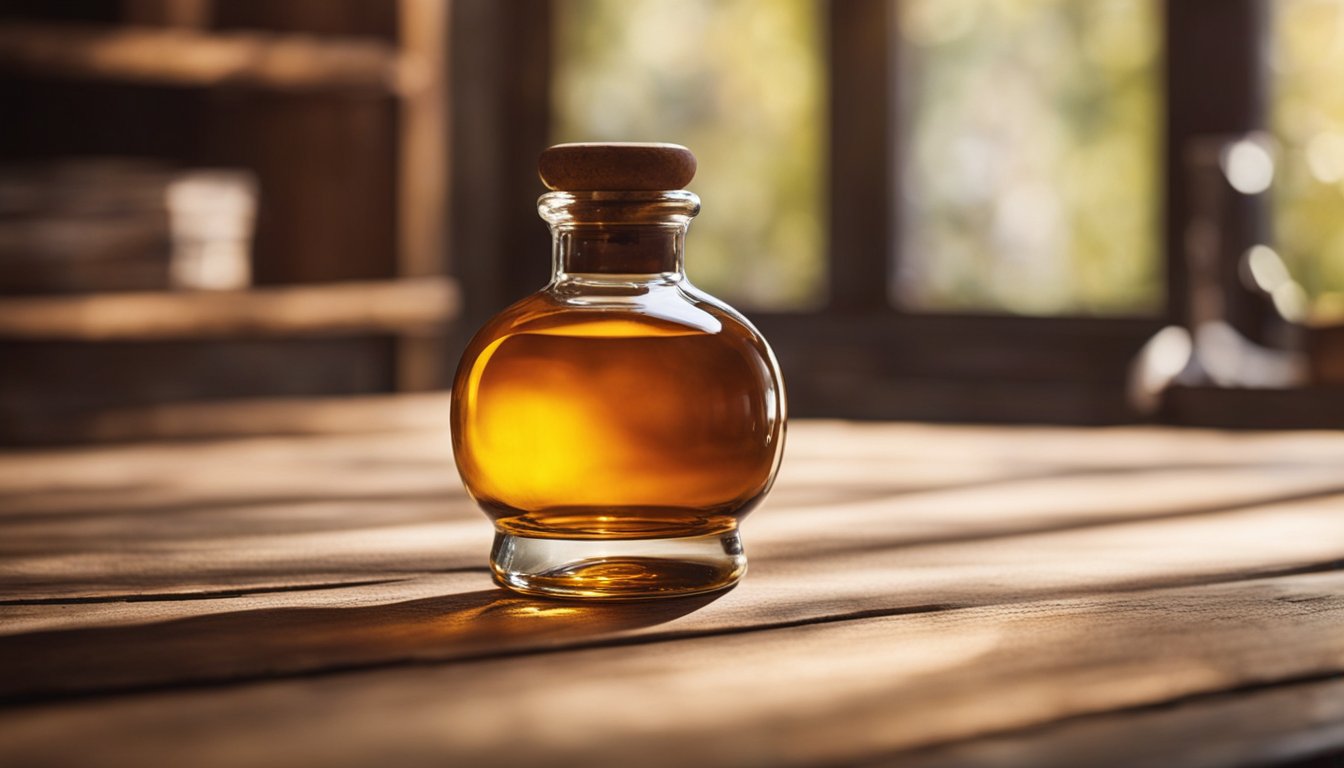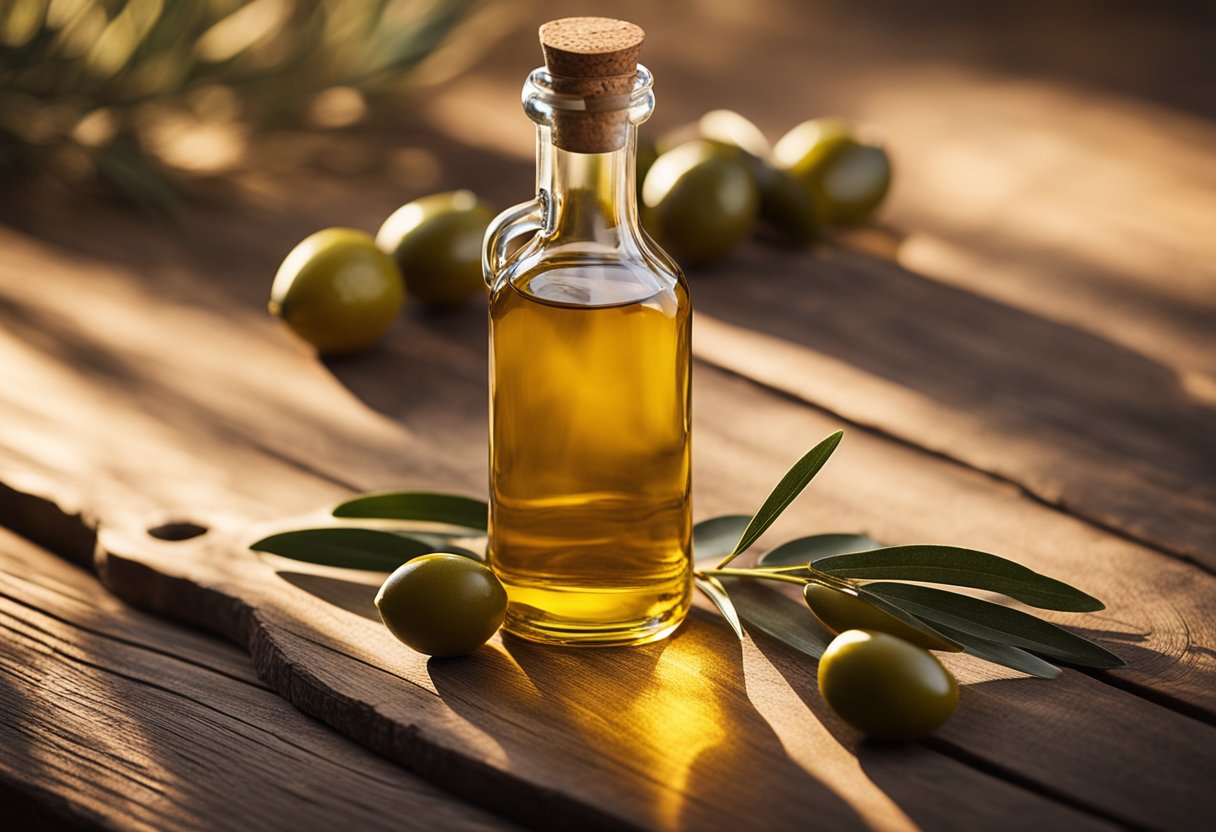Are you someone who enjoys a good glass of wine? If so, you’ve probably noticed that wine bottles come in all shapes and sizes. But have you ever wondered why? The shape and size of a wine bottle can actually tell you a lot about the wine inside, and can even affect the taste and aging process of the wine.

Wine bottles have been around for centuries, and their design has evolved over time. Today, there are several different types of wine bottles, each with its own unique shape and size. For example, Bordeaux bottles are tall with high shoulders, while Burgundy bottles are wider with sloping shoulders. Sparkling wine bottles are thicker and heavier than regular wine bottles, to withstand the pressure of the carbonation. Dessert wine bottles are smaller and often have a tapered neck, to reflect the fact that dessert wines are typically consumed in smaller portions.
Understanding the different types of wine bottles can help you choose the right wine for your occasion, and can even make you look like a wine connoisseur. But there’s more to wine bottles than just their shape and size. In fact, the color of the glass, the type of closure, and even the label can all affect the quality and aging process of the wine. So next time you’re shopping for wine, take a closer look at the bottle – it might just tell you more than you think.
History of Wine Bottles

Wine has been around for thousands of years, and so have wine bottles. Over time, wine bottles have evolved from simple clay pots to the elegant glass bottles we know today. In this section, you will learn about the history of wine bottles, from their origins to modern-day designs.
Origins and Evolution
Wine bottles have been around for over 6,000 years. The first wine bottles were made of clay and were used by the ancient Greeks and Romans. These clay bottles were not very durable and were prone to breaking, which made them unsuitable for long-term storage.
In the 17th century, the invention of the coal furnace allowed for the production of thicker glass, which was more durable and could safely transport wine. During this time, wine was still aged in barrels but eventually transferred to individual glass bottles for sale and consumption.
By the 19th century, wine bottles had evolved to include different shapes and sizes. The Bordeaux bottle, with its high shoulders, was designed to hold red wines, while the Burgundy bottle, with its sloping shoulders, was designed to hold white wines.
Glassmaking and Design
The design of wine bottles has come a long way since the invention of the coal furnace. Today, wine bottles are made using a variety of techniques, including blown glass, machine-made glass, and molded glass.
Blown glass is the traditional method of making wine bottles, where a glassblower heats and shapes the glass by hand. Machine-made glass bottles are produced using automated machines, which can produce large quantities of bottles quickly and efficiently. Molded glass bottles are made using a mold, which can create intricate designs and shapes.
The design of wine bottles has also evolved to include different shapes, sizes, and colors. Some wine bottles are designed to be tall and slender, while others are short and stout. The color of the glass can also vary, with green and clear glass being the most common.
The history of wine bottles is a long and fascinating one. From their humble beginnings as clay pots to the elegant glass bottles we know today, wine bottles have played an important role in the production and consumption of wine.
Types of Wine Bottles

When it comes to wine bottles, there are a variety of shapes and sizes available. In this section, we’ll explore the most common types of wine bottles.
Standard Shapes and Sizes
The most common wine bottle size is the standard 750 ml bottle. This bottle is used for a wide range of wines, including reds, whites, and rosés. Other common sizes include the Magnum (1.5 L), which is equivalent to two standard bottles, and the Double Magnum (3 L), which holds the equivalent of four standard bottles.
In addition to size, wine bottles also come in a variety of shapes. The Bordeaux bottle has straight sides and high shoulders, while the Burgundy bottle has a wider base and sloping shoulders. The Champagne bottle is heavier and thicker than other bottles, as it needs to withstand the pressure of the carbonation.
Specialty and Commemorative Bottles
Many wineries create specialty or commemorative bottles for special occasions or limited edition wines. These bottles can come in a variety of shapes and sizes, and often feature unique designs or labels. Some wineries even create bottles in the shape of animals or other objects.
While these bottles can be visually stunning, it’s important to note that they may not be the best option for long-term storage. The irregular shape can make it difficult to store the bottle on its side, which can cause the cork to dry out and allow air into the bottle.
Overall, when choosing a wine bottle, it’s important to consider the size and shape that will work best for your needs. Whether you’re looking for a standard bottle for everyday drinking or a unique bottle for a special occasion, there are plenty of options available to suit your preferences.
Labeling and Decoration

When it comes to wine bottles, labeling and decoration are important aspects to consider. Not only do they help to identify the wine, but they also play a role in attracting customers and increasing sales. In this section, we will discuss some of the principles of label design and regulatory requirements that you should keep in mind.
Label Design Principles
The design of your wine label should be eye-catching and memorable. It should also reflect the personality of your brand and the quality of your wine. Here are some principles to keep in mind when designing your label:
- Keep it simple: A cluttered label can be overwhelming and unappealing. Stick to a clean and simple design that highlights your brand and the wine’s name.
- Use high-quality images: If you include images on your label, make sure they are high-quality and relevant to the wine. Avoid using generic stock photos.
- Choose the right font: The font you choose should be easy to read and reflect the personality of your brand. Avoid using too many different fonts on one label.
- Consider the label material: The material you choose for your label can affect the overall look and feel of the wine bottle. Matte labels can convey a sense of elegance, while glossy labels can be more eye-catching.
Regulatory Requirements
In addition to the design of your label, you must also comply with regulatory requirements. These requirements vary depending on the country and region where you are selling your wine. Here are some common requirements to keep in mind:
- Alcohol content: The alcohol content of the wine must be clearly displayed on the label.
- Appellation of origin: If your wine comes from a specific region, you may be required to include the appellation of origin on the label.
- Health warnings: Some countries require health warnings on alcohol labels, such as “Drink Responsibly” or “Pregnant Women Should Not Drink Alcohol.”
- Brand and producer information: Your label must include the name and address of the producer, as well as the brand name.
By keeping these principles and requirements in mind, you can create a wine label that is both visually appealing and legally compliant.
Storage and Preservation
When it comes to wine, proper storage and preservation are key to ensuring the wine retains its quality and flavor. In this section, we will discuss the ideal conditions for storage and how bottle type can affect wine aging.
Ideal Conditions for Storage
To keep your wine in optimal condition, it is essential to store it in the right environment. The ideal conditions for wine storage are:
- Temperature: Wine should be stored in a cool, dark place with a temperature range of 45-65°F (7-18°C). Avoid storing wine in areas where the temperature fluctuates frequently, such as near a window or in a garage.
- Humidity: Wine should be stored in an environment with a humidity level of 50-70%. This helps to keep the cork moist and prevents it from drying out, which can cause air to enter the bottle and spoil the wine.
- Light: Wine should be stored in a dark place, away from direct sunlight and fluorescent lighting. Exposure to light can cause wine to age prematurely and affect its flavor.
- Position: Wine should be stored on its side to keep the cork moist and prevent it from drying out. This also helps to prevent air from entering the bottle and spoiling the wine.
Effect of Bottle Type on Wine Aging
The type of bottle in which wine is stored can also affect its aging process. The two most common types of wine bottles are Bordeaux and Burgundy bottles.
- Bordeaux bottles: These bottles have high shoulders and straight sides. They are typically used for red wines and are designed to help the wine age slowly and evenly.
- Burgundy bottles: These bottles have sloping shoulders and a wider body. They are typically used for white wines and Pinot Noir. The wider body of the bottle allows for more surface area of wine to be exposed to oxygen, which can help the wine age more quickly.
Proper storage and preservation are essential for maintaining the quality and flavor of your wine. By storing your wine in the ideal conditions and choosing the right bottle type, you can ensure that your wine ages gracefully and retains its unique characteristics.
Recycling and Sustainability
Glass Bottle Recycling
When it comes to wine bottle recycling, glass is a highly recyclable material. According to the Wine Enthusiast, empty wine bottles can be placed curbside with other recyclables in cities that recycle glass. They are then sent to processing centers for sorting and recycling. This helps to reduce the environmental impact of wine consumption and promotes a more sustainable approach to packaging.
Sustainable Practices in Wine Packaging
In the quest for sustainability, wineries are exploring alternative packaging options to reduce the environmental impact of wine production and distribution. Some wineries are using paper-pulp bottles, kegs, and other innovative packaging methods to minimize their carbon footprint. For instance, Snoqualmie Chardonnay, mentioned in Bon Appétit, is produced by one of the largest certified-organic vineyards in Washington and uses glass bottles that rank high in sustainability. This shift towards sustainable packaging reflects a growing commitment to environmental responsibility within the wine industry.











